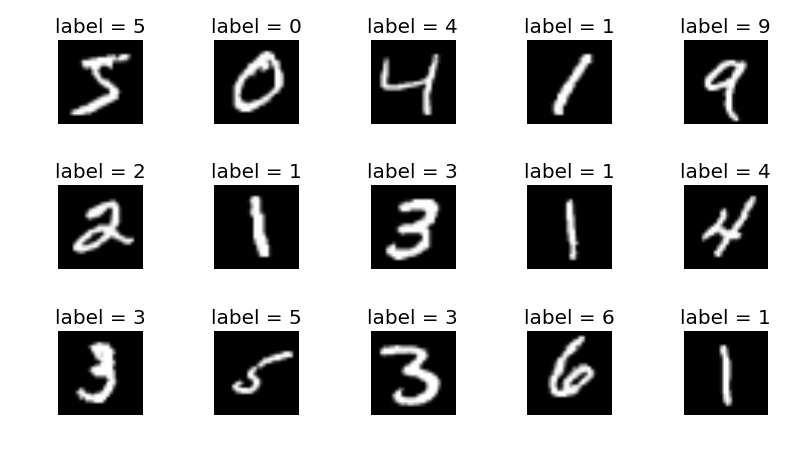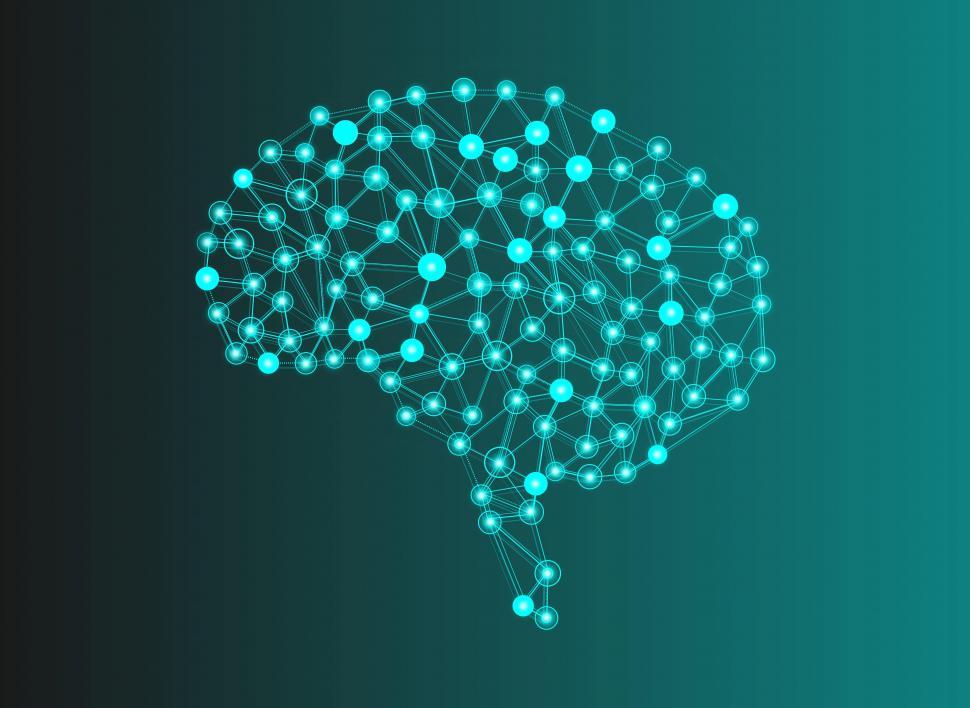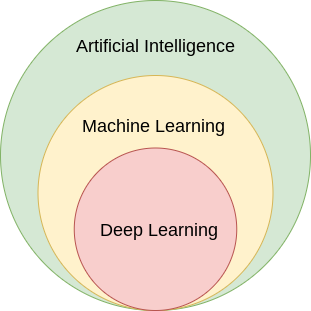
What is Machine Learning
Machine Learning is actually everywhere in our daily life. When we use the Netflix suggestion for the next film, or when Spotify suggest us a song that can match our taste, all of these are an example of applied machine learning. But how does all this software work and what are the ingredients for a machine learning system?
How a machine learn?
Machine Learning is a subfield of artificial intelligence, as we had seen in the previous article, often the term is used interchangeably, but they are different. Machine learning is a set of algorithms that allows the machine to learn how to perform a specific task based on the data. But how a machine can learn?
First of all, it is important to understand the basis of machine learning, and how this helps a machine to “learn”, and all start from the data.
In our modern world, we are overwhelmed by the data, every single minute of our life we produce or consume data, just think on every time you read a post on Facebook and leave a like, or when you post a tweet on Twitter, all this incredible amount of data, are the fuel for the machine learning algorithms.
In machine learning, we can adopt three major techniques for learning:
- Supervised learning
- Unsupervised learning
- reinforcement learning
Supervised learning, is a technique where the data are labelled, this helps the computer to correctly classify the data, which means the data are grouped for types.

On the other side, we can find the unsupervised learning technique where the data are not labelled, this means the algorithm classifies the data based on the data itself, for example finding information in common.
The last technique for learning is called reinforcement learning, this technique is probably the most complex, in reinforcement learning, we create a system, aka an agent, that learn based on the feedback the agent received from the external environment, for example, in a game the result of a win or lose can indicate a correct or wrong path to follow.
Both the technique, supervised and unsupervised, have a common base, they learn from the data, data are the fuel for the machine learning algorithms.
The last technique, reinforcement learning, is on the other side based on a different principle, this technique uses the feedback received for improving and learning.
Supervised learning
Supervised learning is a family of algorithms, used in machine learning to make a prediction based on evidence in the presence of uncertainty.
This technique is the most simple in machine learning, and it’s similar to what we do when we teach our kids, we essentially provide an example, the labelled data, and teach how to use and recognize the data.
Supervised learning uses two specific techniques for developing machine learning models:
- Classification
- Regression
Classification is used for simple classification problems, is used to recognize if a mail is genuine or spam, or for example is used to classify the type of cancer benign or not. A classification always split the data into two specific categories.
Common classification algorithms are:
- Logistic Regression
- Naive Baysen
- K-Nearest Neighbors
- Support Vector Machine
- Decision Tree
We see in detail all these algorithms in a few future articles, for now, let’s just say this is all algorithms for classification.
Regression is used to predict continuous response, this is used for example to classify the forecast value for a financial market, or for example for understanding the variance of a temperature or a house price variation.
Common regression algorithms are:
- Multi Linear Regression
- Support Vector Machine
- Decision Tree
We see and go deeper on classification and regression problems in the future article, where we can have a clear identification of the problem and a better understanding of the algorithm.
Unsupervised Learning
In supervised learning, we have labelled data and we apply an algorithm to predict and assign a label to new data. With unsupervised learning, the learning is different.
Unsupervised learning is used to learn directly from the data, without having any knowledge about the data before, the principal algorithm for unsupervised learning are:
- clustering
- neural network
We see more about unsupervised learning later in the series, and we see how to use and powerful this technique is, let’s now introduce the last of the three types of machine learning, reinforcement learning.
Reinforcement learning
The last technique of machine learning we present is reinforcement learning, this technique is probably the most complex but probably the most near to the human way to learn.
The goal of reinforcement learning is to develop a system, aka an agent, that improves performance based on the interaction with the environment, this means every iteration of the result predicted by the agent, will be validated by the environment.
In reinforcement learning, the agent receives rewards for every interaction, this reward indicates how good the model score versus the result we want to achieve, one good example of reinforcement learning is an engine of the game of Go, the agent can try to predict the next move based on the actual position of the piece on the board, if the prediction is right, the reward will be positive, in case the prediction is false, the reward will be negative.
Conclusion
In this article, we just had a short introduction to the basic types of machine learning. We saw what are the three main types of machine learning and we see the main difference between the types.
In the next articles, we go deeper on the different types starting with Supervised Learning. Machine Learning is one of the most fascinated fields in computer science, in this article and in the next of the series, I try to help you to develop some basic knowledge about machine learning.


